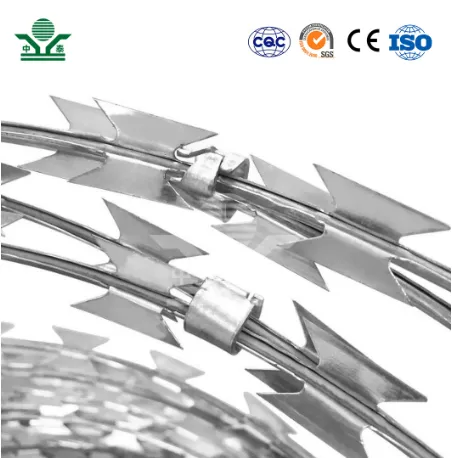The Advantages of 316 Stainless Steel Grating
When it comes to industrial applications and architectural design, 316 stainless steel grating stands out as one of the premier choices for various projects. Renowned for its strength, durability, and corrosion resistance, this material is particularly well-suited for environments where exposure to harsh conditions is inevitable.
What is 316 Stainless Steel?
Before delving into the benefits of 316 stainless steel grating, it is essential to understand what 316 stainless steel is. It is an austenitic stainless steel alloy, which is predominantly composed of iron, with significant amounts of chromium and nickel, and a vital addition of molybdenum. This unique combination provides 316 stainless steel with superior corrosion resistance compared to 304 stainless steel, particularly against chlorides and saltwater environments.
Key Advantages of 316 Stainless Steel Grating
1. Corrosion Resistance One of the most significant benefits of 316 stainless steel grating is its exceptional resistance to corrosion. This makes it the ideal choice for marine applications, chemical processing facilities, and environments with high exposure to salts or chemicals. Unlike other materials, which may deteriorate and weaken over time, 316 stainless steel maintains its integrity and strength.
2. Durability and Load Capacity 316 stainless steel grating is built to withstand heavy loads without bending or breaking. The rugged design ensures that it can support heavy machinery, equipment, and foot traffic, making it suitable for industrial facilities, manufacturing plants, and commercial buildings. Its durability means less frequent replacements, which can save time and money for businesses.
316 stainless steel grating

3. Low Maintenance Requirements In industries where maintenance can be costly and time-consuming, 316 stainless steel grating is a game-changer. The material does not require frequent treatments or coatings to maintain its appearance and performance. A simple routine cleaning is generally sufficient to keep it looking new and functional, allowing businesses to allocate resources elsewhere.
4. Aesthetic Appeal Beyond its functional benefits, 316 stainless steel grating also offers aesthetic advantages. Its sleek, modern appearance complements various architectural styles, making it a popular choice for decorative applications in commercial and public buildings. Whether used for walkways, stair treads, or platforms, the grating can enhance the visual appeal of any project.
5. Versatility 316 stainless steel grating is available in various designs, including welded, swage-locked, and molded options. This versatility allows designers and engineers to select the most suitable type for their specific needs, whether they require a standard or custom solution.
6. Environmental Resistance Beyond just rust and corrosion, 316 stainless steel grating also withstands other environmental challenges like extreme temperatures and heavy impacts. This resilience makes it an excellent choice for outdoor applications or areas prone to severe weather conditions.
Conclusion
In summary, 316 stainless steel grating offers a blend of durability, aesthetics, and low maintenance that makes it an ideal choice for a wide variety of applications. Its resistance to corrosion and environmental stressors, combined with its load-bearing capabilities, make it indispensable in many industries. Whether used for functional flooring solutions or as a design element, 316 stainless steel grating proves to be a reliable, long-lasting option that meets the demands of today's projects.
-
The Best Metal Mesh Solutions: Expanded Aluminum Metal vs. Expanded Stainless Steel Metal
NewsSep.10,2024
-
Round Perforated Sheets vs. Hexagonal Perforated Sheets vs. Embossed Perforated Sheet Metal
NewsSep.10,2024
-
Perforated Metal Sheets
NewsSep.10,2024
-
Experience The Excellence Of Stainless Steel Grating
NewsSep.10,2024
-
Discover the Versatility Of Metal Mesh Expanded Forming Machines
NewsSep.10,2024
-
Discover The Advantages Of Steel Grating For Sale
NewsSep.10,2024
Subscribe now!
Stay up to date with the latest on Fry Steeland industry news.

